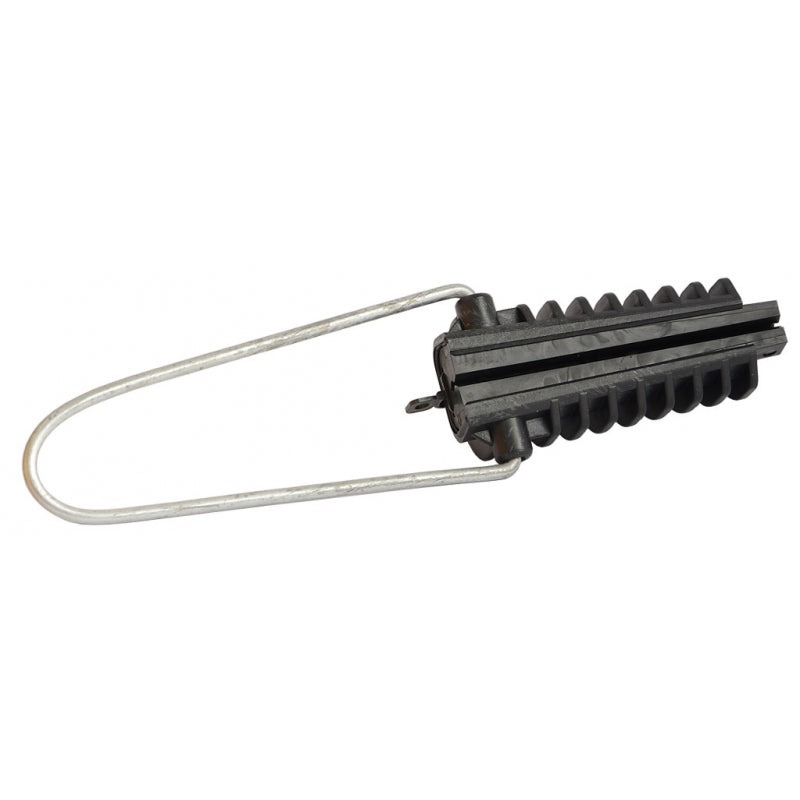In modern electrical distribution networks, particularly in overhead line systems, reliability and safety are paramount. One of the most critical components ensuring both is the anchor clamp. Designed to secure and support aerial bundled cables (ABCs), these clamps play a vital role in maintaining the mechanical stability of power lines, especially in tensioned applications.
What is a Wedge Anchoring Clamp?
A wedge anchoring clamp is a type of mechanical device used to fasten and anchor insulated conductors to poles or walls. It is most commonly found in low and medium-voltage overhead distribution networks. The clamp gets its name from the wedge mechanism that grips the conductor. When tension is applied, the internal wedge tightens against the cable, increasing the holding power without damaging the insulation.
Key Components and Materials
A typical wedge anchoring clamp consists of:
-
Body and Wedge: Made from UV-resistant polymer or corrosion-resistant aluminum alloy for durability.
-
Bail or Bracket: Usually a stainless steel or galvanized steel loop or hook that attaches the clamp to the support structure.
-
Tension Spring or Locking Mechanism: Enhances grip and ensures secure cable anchoring.
The materials used are chosen to withstand harsh environmental conditions, such as high UV exposure, rain, and mechanical stress.
Function and Working Principle
The working principle is relatively simple yet highly effective:
-
The aerial cable is inserted into the clamp’s body.
-
As the cable is pulled, the wedge inside the clamp is drawn forward.
-
This increases the clamping force via friction, securely anchoring the cable.
-
The wedge mechanism prevents slippage even under heavy tension.
This self-tightening feature allows for easy installation without the need for complex tools or adjustments.
Applications
Wedge anchoring clamps are widely used in:
-
Overhead Power Distribution Lines
-
Rural Electrification Projects
-
Street Lighting Systems
-
Temporary Power Installations
They are especially beneficial in areas where pole spans vary or where vibration resistance is crucial.
Advantages
-
Tool-Free Installation: Simplifies setup and reduces labor time.
-
High Tensile Strength: Maintains firm grip under mechanical load.
-
Weather Resistant: Long lifespan in outdoor conditions.
-
No Conductor Damage: Clamps insulated cables without compromising their integrity.
Conclusion
The wedge anchoring clamp may appear to be a small component, but its contribution to the safety and efficiency of electrical distribution systems is immense. With advancements in material technology and design, these clamps continue to be a reliable choice for modern utility infrastructures.
